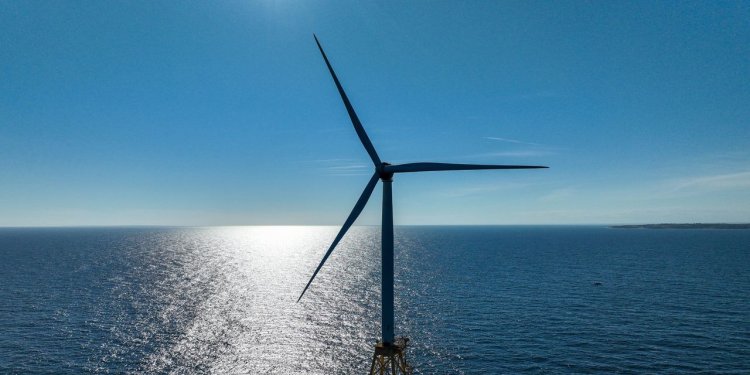The Next Big Bull Market Could Be Copper
The copper wave is coming. Photo: John Moore/Getty Images By Megha Mandavia May 2, 2023 7:47 am ET ’s aggressive pursuit of Canada’s Teck Resources has put a spotlight on the race to secure access to copper. Traditionally seen as a cyclical economic indicator, the metal is also poised to play a key role in the world’s green transition—which is being supercharged by recent legislation, including the U.S. Inflation Reduction Act (IRA), passed last year. Green technologies including electric vehicles and solar panels use more copper than equivalent fossil-fuel-based technologies, and supply growth looks likely to fall far well short of demand over the coming decade. In early and mid-2023, the slow pace of China’s property recovery and global econo


The copper wave is coming.
Photo: John Moore/Getty Images
’s aggressive pursuit of Canada’s Teck Resources has put a spotlight on the race to secure access to copper.
Traditionally seen as a cyclical economic indicator, the metal is also poised to play a key role in the world’s green transition—which is being supercharged by recent legislation, including the U.S. Inflation Reduction Act (IRA), passed last year. Green technologies including electric vehicles and solar panels use more copper than equivalent fossil-fuel-based technologies, and supply growth looks likely to fall far well short of demand over the coming decade.
In early and mid-2023, the slow pace of China’s property recovery and global economic headwinds could limit the upside for copper, currently trading around $8,500 metric ton. But the long-run outlook is quite different.

U.S. demand, long dwarfed by China’s, will be key. The IRA offers beefy tax credits and other support for clean-energy projects including wind farms, batteries, solar and hydrogen. Goldman Sachs reckons that between 2023 and 2030 it could increase average annual demand by about 180,000 metric tons, or roughly 1% of current global consumption. The bank says that “green” copper demand drives 7% of global consumption today, up from just 4% in 2020, and will account for a whopping 47% of total demand growth between 2023 and 2040.
Current investment plans would probably fall far short of meeting that. A McKinsey report in February projected global copper demand of 36.6 million metric tons by 2031, largely driven by the green transition, against a supply of just 30.1 million metric tons. Goldman is even more bullish: Figures in its April report imply 2030 demand of 40 million metric tons.
Still, there are a few bullish trends for supply growth too, mostly related to politics.
To quality for tax credits under the IRA, for example, EVs must use batteries with a certain percentage of their “critical minerals” sourced either from the U.S. or a country that has a free-trade agreement with the U.S. Copper isn’t currently on the list of critical minerals, but some researchers and politicians—including senators in battleground states such as Arizona and Georgia—are already beginning to advocate its inclusion.
The idea is to wrest from China control of the supply chain for clean power minerals. A Brookings Institution report last year put China’s share of refining capacity at 73% for cobalt, 68% for nickel, 59% for lithium and 40% for copper. China has also been directly buying up mineral assets worldwide, especially lithium, to fuel its own massive greentech industry.
A more bifurcated supply chain will raise costs for everyone, especially in the early phases of the green transition. But those higher material prices will also stimulate investment. Mineral processing is the key bottleneck, but that probably implies more upstream mining investment too—especially since the IRA will require many battery minerals to be both mined and processed in the U.S. or countries with U.S. free-trade agreements.
One key uncertainty is the U.S. Congress. Republicans’ opening move in the debt-ceiling battle has included a demand to undo parts of the IRA.
But assuming the law remains intact, the U.S., China and Europe will all move aggressively to green their economies over the next decade. The world will need much more copper to achieve that, especially if global supply chains keep Balkanizing.
Write to Megha Mandavia at [email protected]
What's Your Reaction?






















